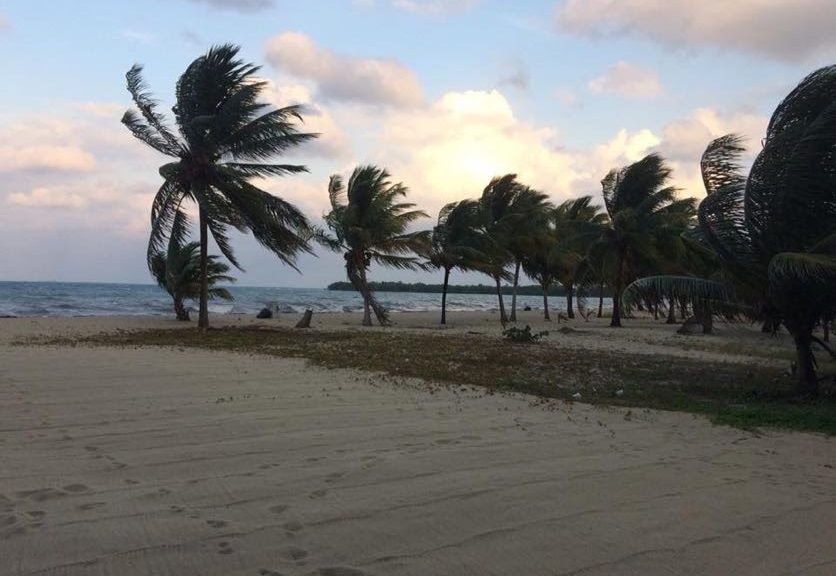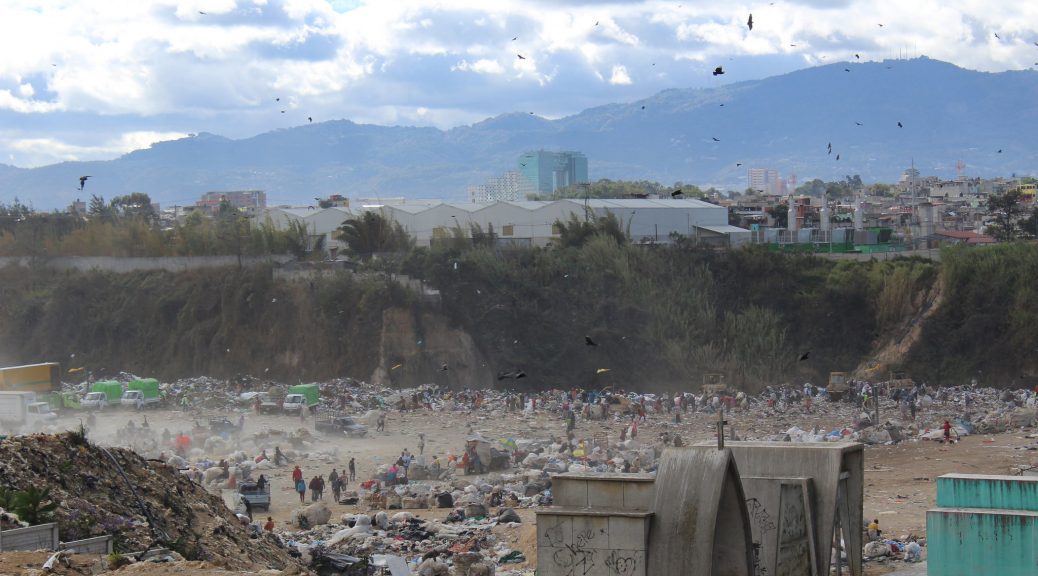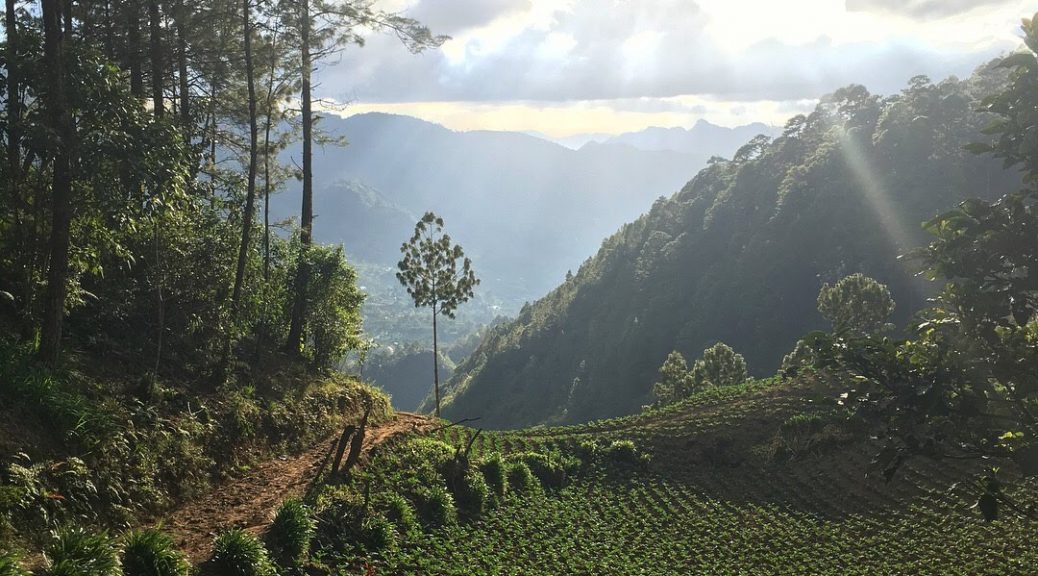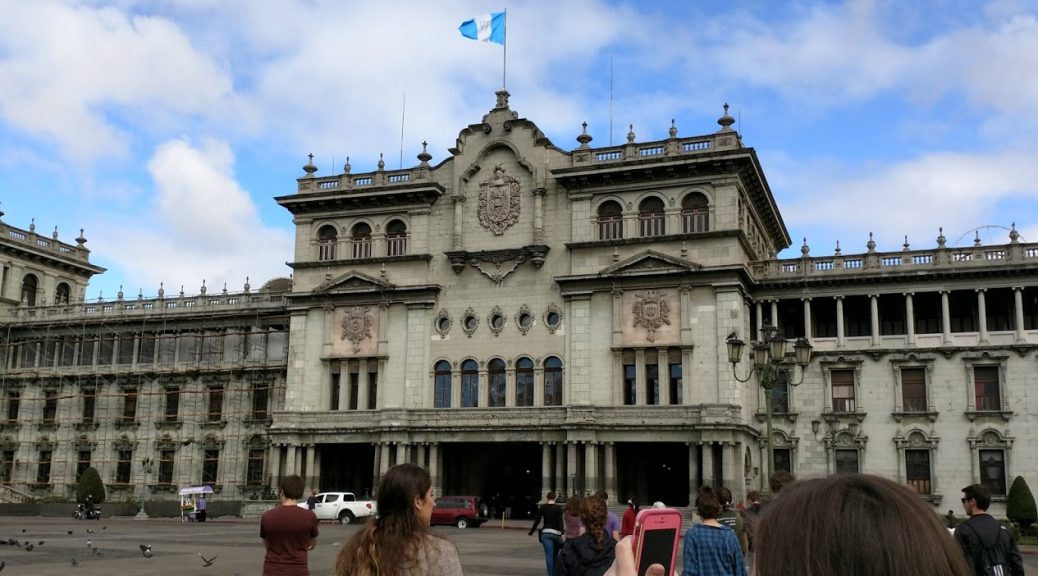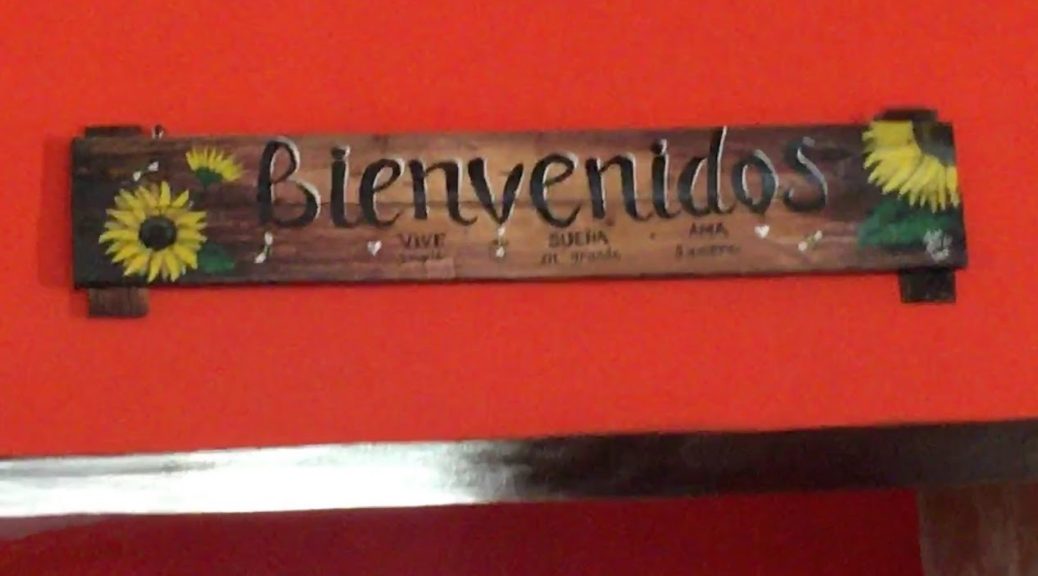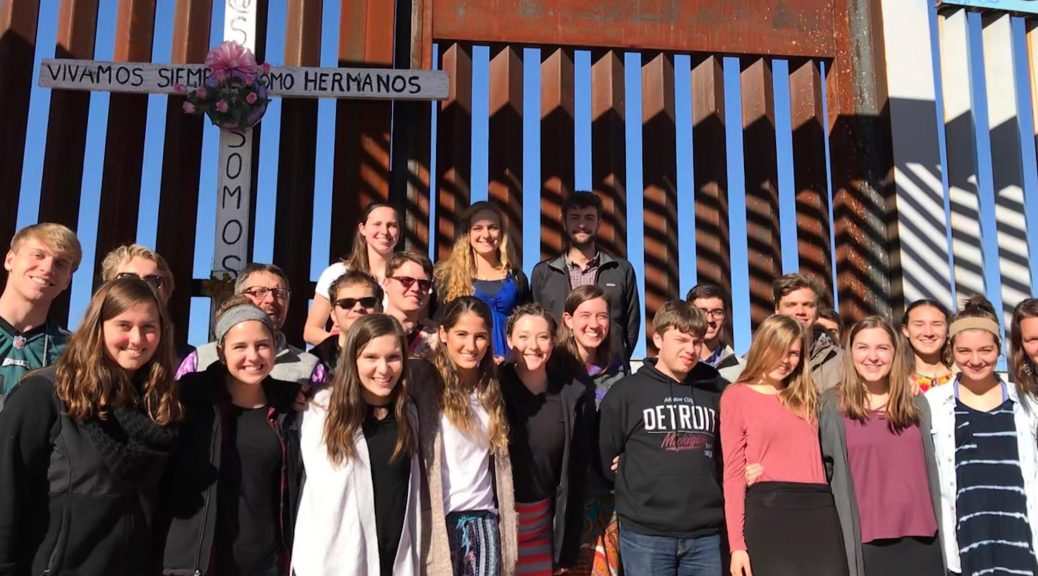Independent travel in Guatemala and Belize
Free travel was supposed to be a well-earned vacation from learning; I was expecting to saunter off into the Guatemalan jungle and render my mind blissfully empty of deep thoughts. Yet, in the aftermath of our week-long adventure through the mountains of Cobán and the steamy lowlands of Lake Izabal, I’ve realized that I accidentally … Continue Reading ››
